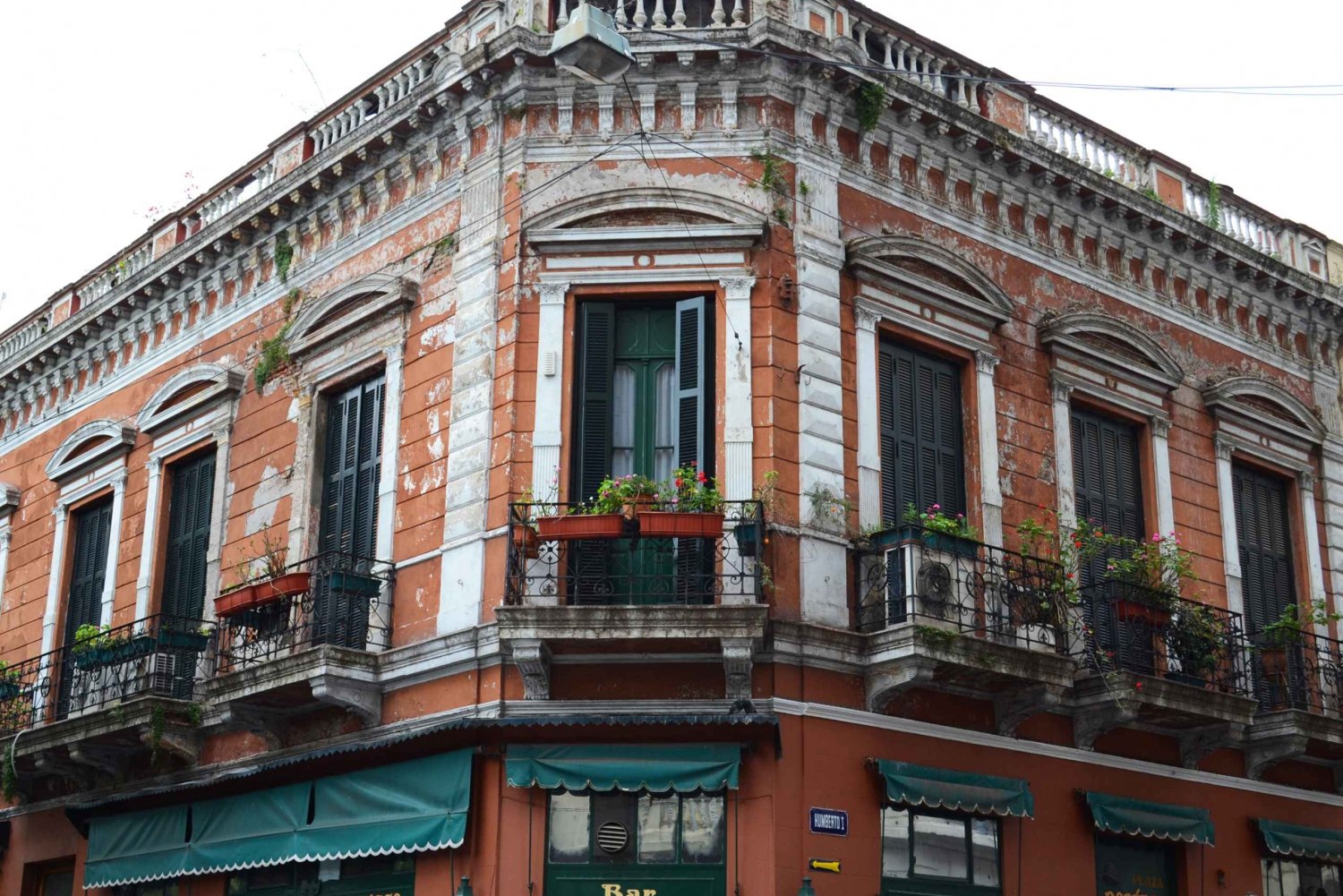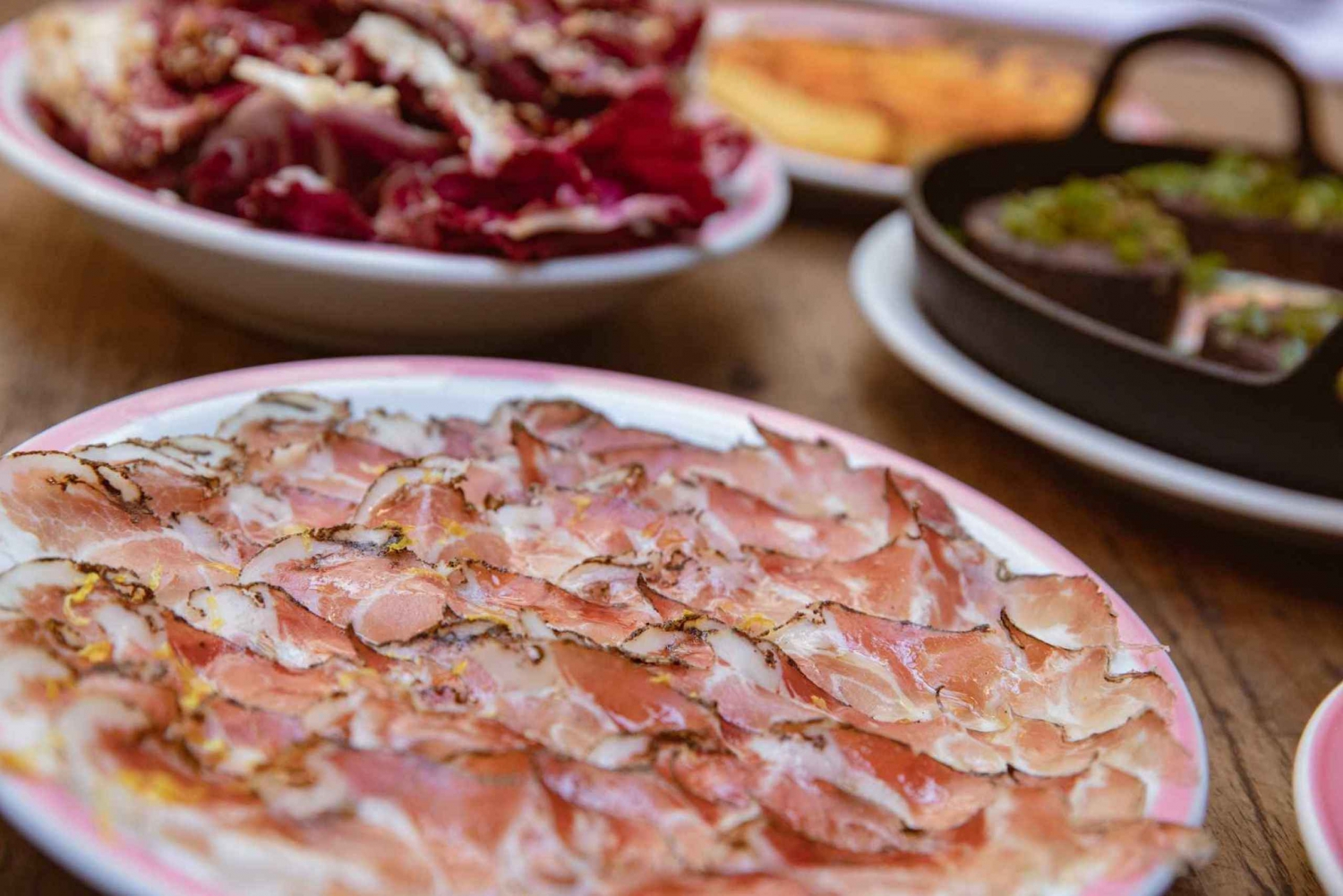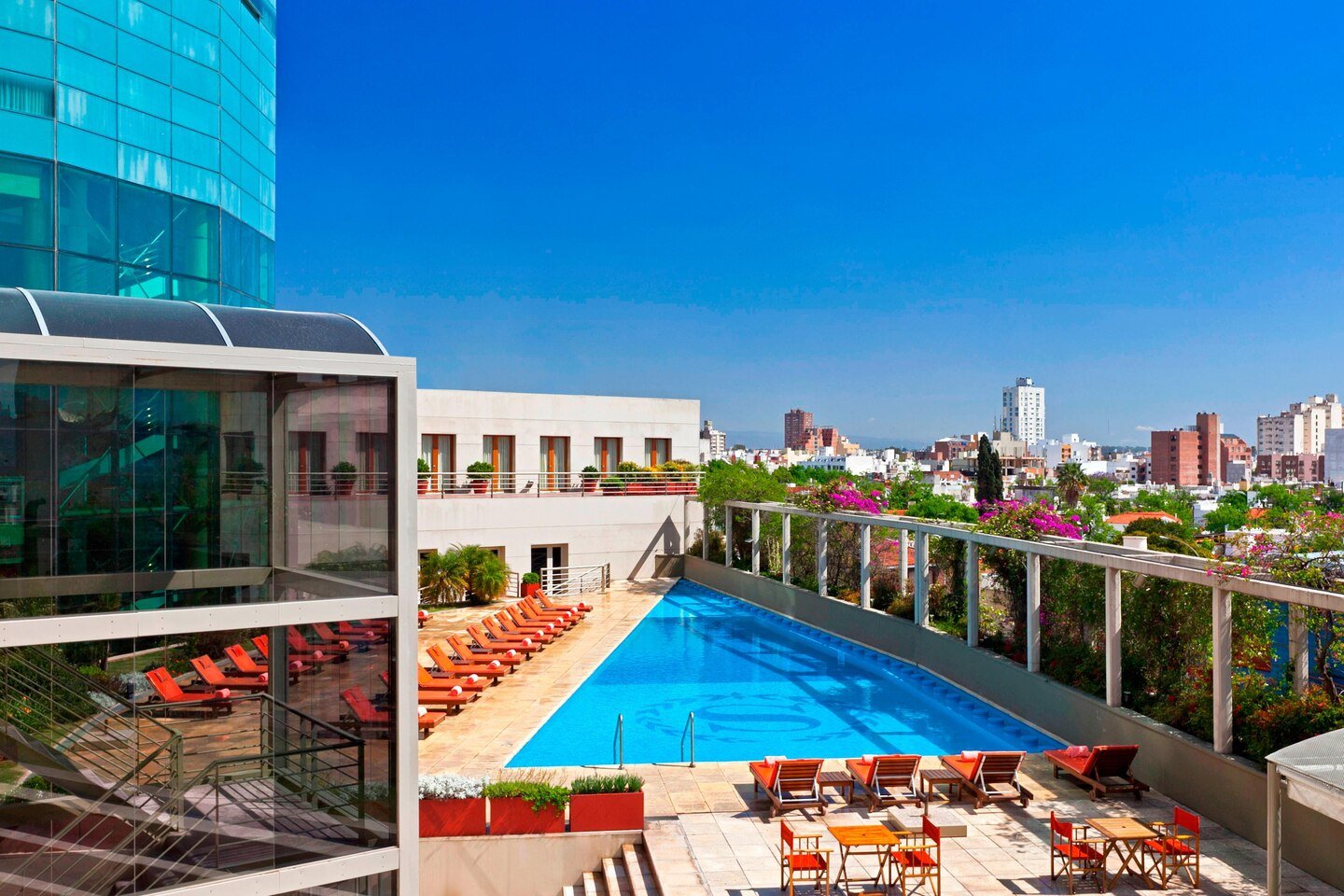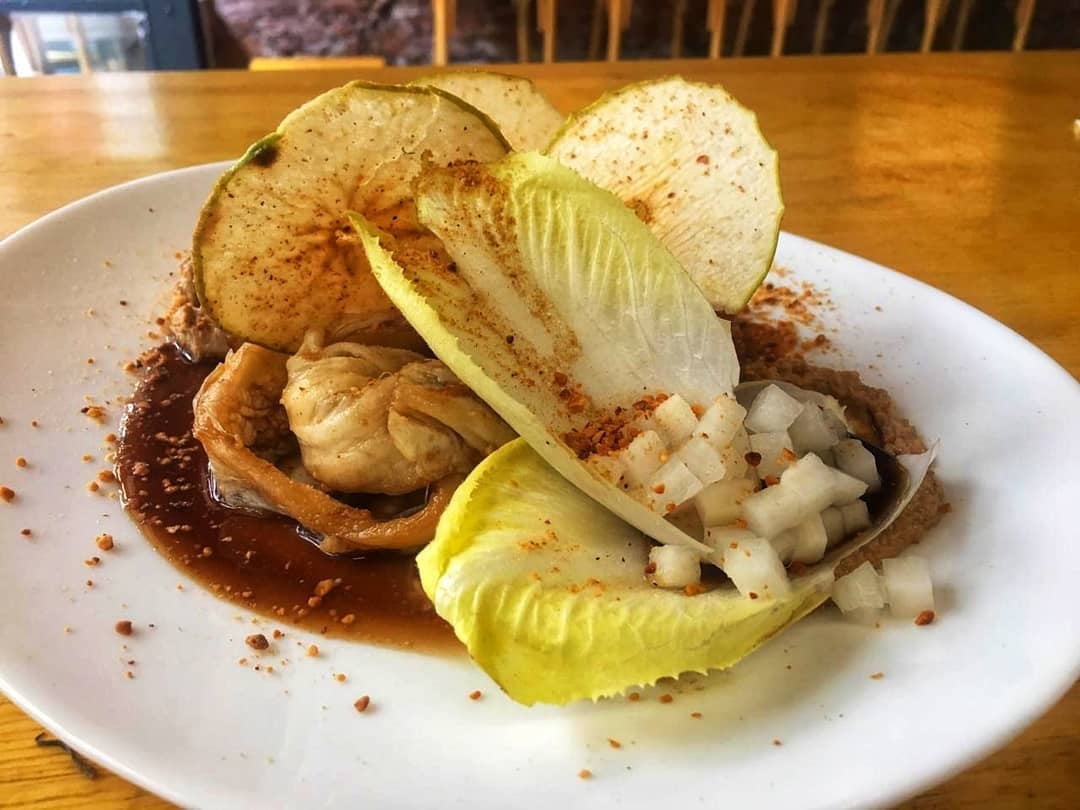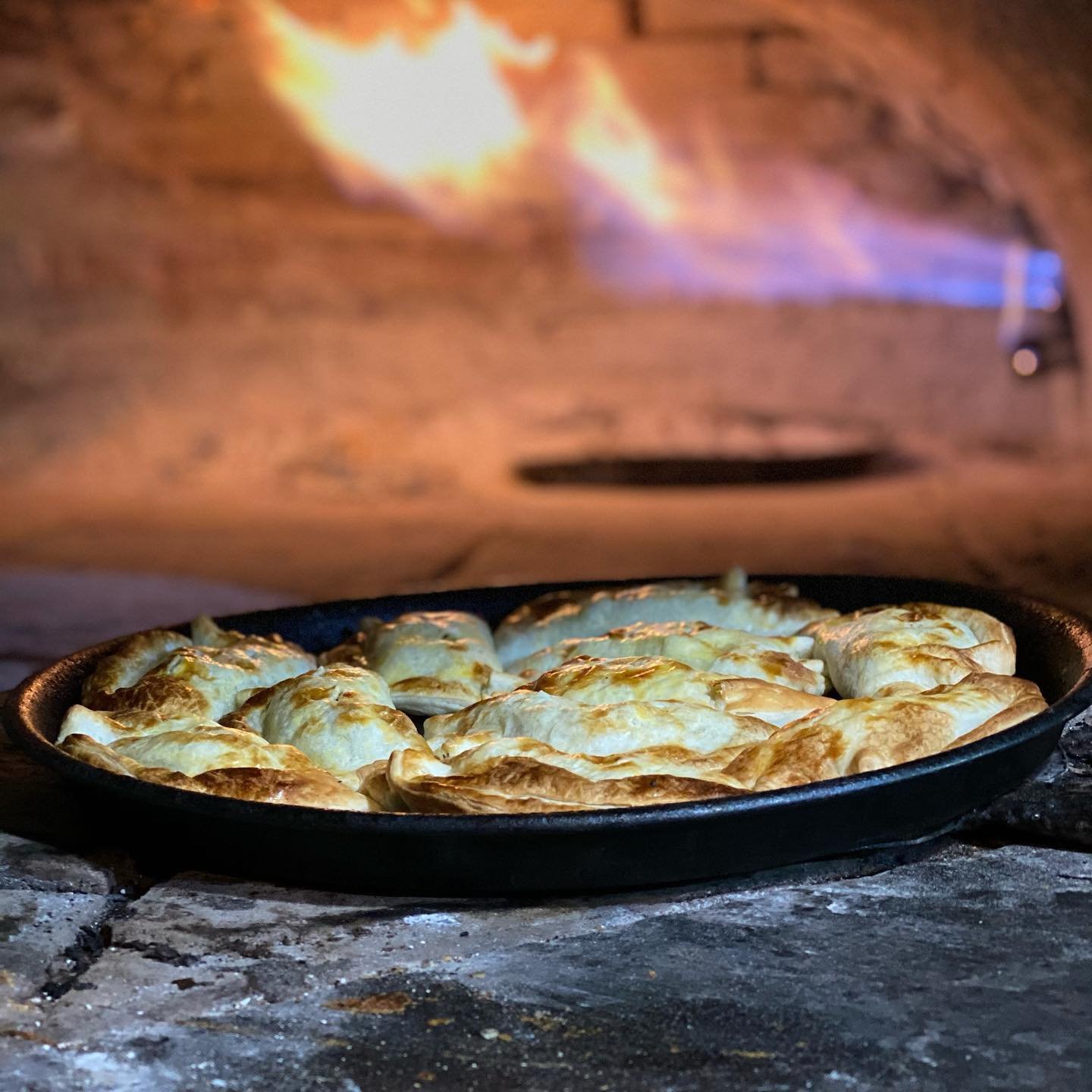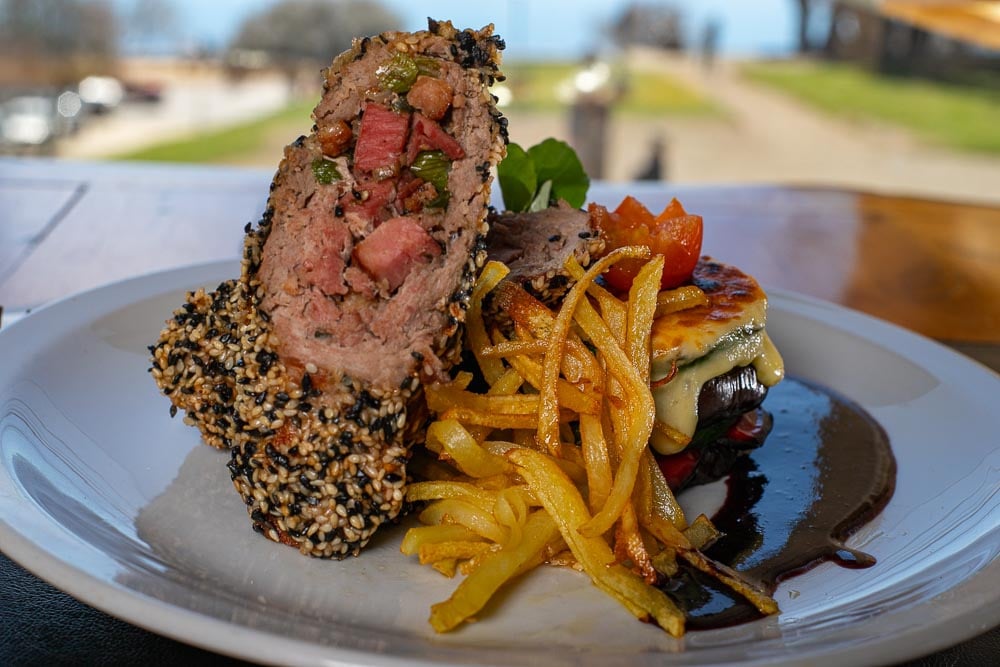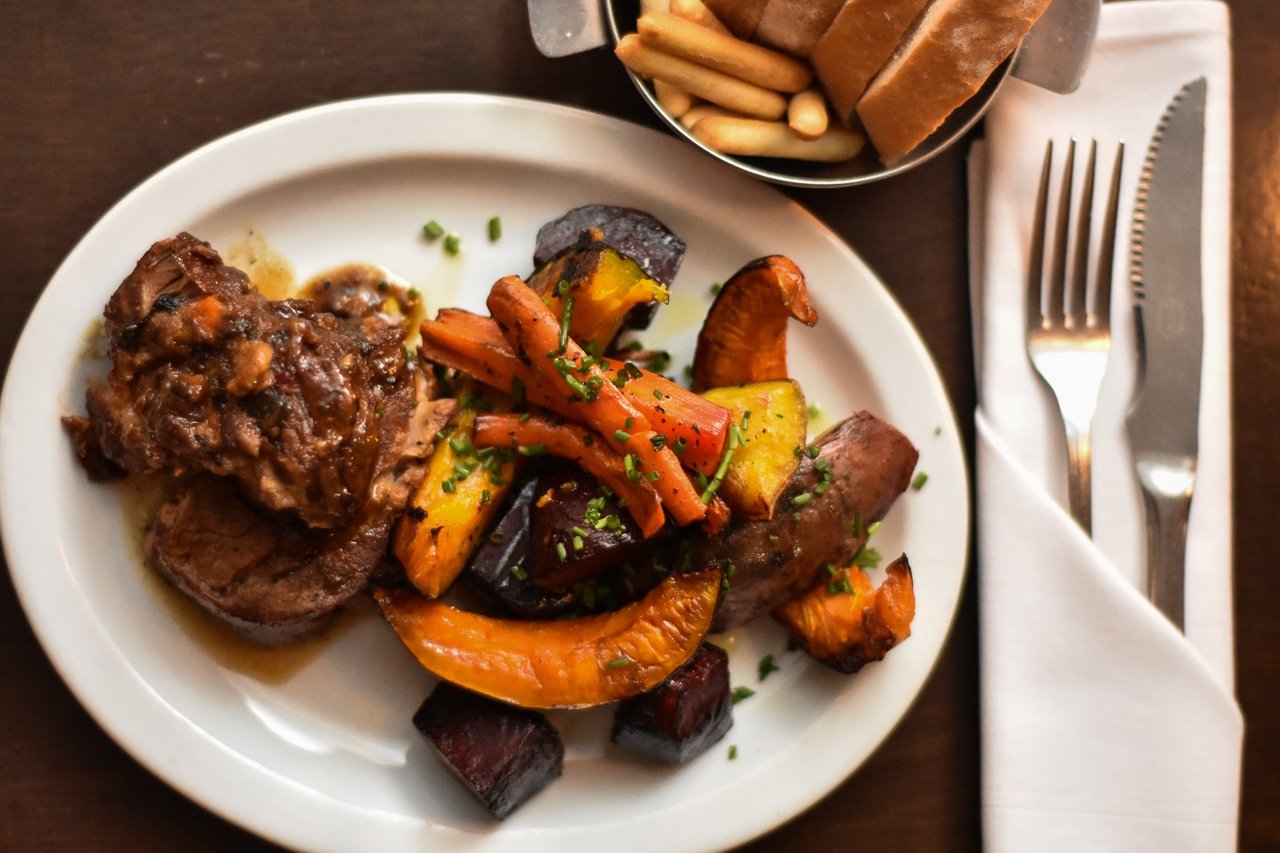Local Recommendations
Explore the World like locals
My Guide to Argentina
Local News & Articles
-

The Italian influence on Argentine cuisine
Argentina is one of the countries with the largest territorial extension in South America. It is also known for being the country where the great Italian immigration arose, thus influencing the Argentine culture and, of course, its cuisine.
-

Regional curiosities of the Argentinean cuisine
Argentina is one of the largest countries in South America, after Brazil. It is made up of different provinces with their own identity and which, according to their geographical location, make up different regions with their respective traditional recipes.
-
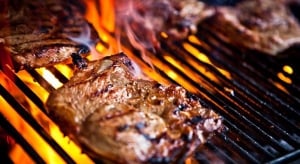
The origin of the famous Argentine minutes
There is not an exhaustive definition of the dishes that should be considered minutes, but there is a common characteristic that defines them. They are dishes made up of the simplest and most popular Argentine foods.
-

Dulce de leche, a very Argentinean tradition
Many have tried to dispel the myth that dulce de leche is an Argentinean invention. Some scholars in the field, argue that already in the colony was known a product of similar characteristics that came to the area of which - next to the Andes - from Chile.
-

European influence on Argentine food
During the whole 19th century, Argentina was outlining its economic profile and this was done according to the requirements of world trade. After independence in 1816 from the Spanish monarchy, Argentina began to receive a strong commercial, political and economic influence from the British Empire.
-

Argentinian Pionono, sweet or salty
How was the original pioneer born? It was in Spain where the history of this pastry dish began. It was conceived back in 1897 and its original version consists of a sponge cake well moistened in some sweet syrup, then rolled up and then its crown toasted. For whoever developed this dish, it seemed to resemble the silhouette of Pope Pius IX, hence the name.
-
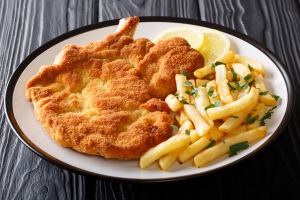
The varieties of the Argentinean milanesa
If we were to apply this formula, we would be lost, dozens of hands would be raised to claim the Milanese's paternity. Spaniards, Italians, Austrians, Hungarians and French consider their parental rights as their own. Although it is true that the name adopted for this dish takes us to Milan, there is also no certainty that this is her place of birth.
-

The Valley Of The Moon In San Juan
In the province of San Juan, located in the center-west of Argentina, we find a unique place due to its paleontological richness: the Ischigualasto Provincial Park, better known as Valle de la Luna (Moon Valley)
-
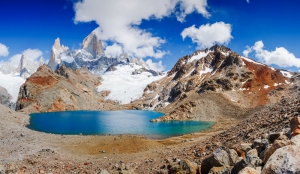
What to see in El Chaltén in 3 days - routes for mountaineers and hikers
Wanting to see one of the most impressive mountain destinations in the world? Here you have everything you need. Hiking routes for all levels and physical forms, viewpoints, excursions, and a thousand plans and places to see and do in El Chaltén.
What's On in Argentina
-
FEATURED
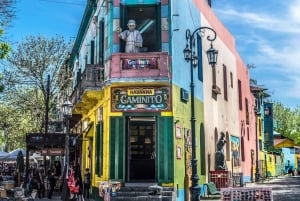
Thu 6th Nov Buenos Aires: La Boca Guided Walking Tour in English
Thu 6th Nov, 2025 Argentina ArgentinaDiscover the birthplace of tango and its bohemian, artistic and multicultural history. Uncover the mysteries of this neighborhood with a knowledgeable local guide.
Check availability$13.00From -
FEATURED

Fri 7th Nov Buenos Aires: Private EZE Airport Transfer
Fri 7th Nov, 2025 Argentina ArgentinaEnjoy a convenient transfer between Ezeiza Airport and your hotel in Buenos Aires with a 1-way or round-trip private transfer. Be greeted by your driver and enjoy the ride to your destination.
Check availability$58.00From -
FEATURED
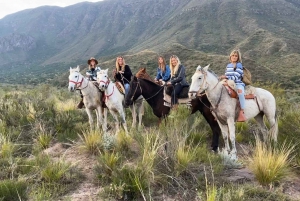
Thu 6th Nov Mendoza: Horseback Riding in the Andes with Authentic BBQ
Thu 6th Nov, 2025 Argentina ArgentinaExplore The Andes mountain range on a horseback ride, accompanied by bilingual guides. Decide whether to taste an authentic Argentinian barbecue, or "asado", with some red mendocinian wine.
Check availability$90.00From -
FEATURED
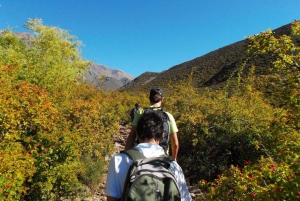
Thu 6th Nov Mendoza: 4-Hour Mountain Trekking With Lunch
Thu 6th Nov, 2025 Argentina ArgentinaHike up to the top of Calavera Mountain and take in the amazing scenery of the Cordón del Plata Mountains. After the descent, enjoy lunch and relax by a pool among the mountains.
Check availability$40.53From -
FEATURED
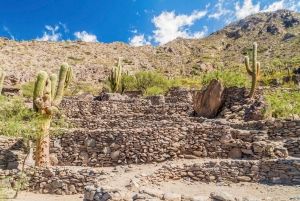
Thu 6th Nov From Tucumán: Tafí del Valle, Quilmes Ruins and Cafayate
Thu 6th Nov, 2025 Argentina ArgentinaVisit three unique places on this full-day tour from Tucumán. Explore the charming small town of Tafí del Valle, discover the Quilmes Ruins archaeological site in the Calchaquí Valley, and stop in the town of Cafayate, well-known for its wines.
Check availability$174.00From -
FEATURED

Fri 7th Nov Córdoba: Horseback Riding with BBQ Lunch
Fri 7th Nov, 2025 Argentina ArgentinaGo horseback riding for a whole day at the "Sierras Chicas" of Córdoba, Argentina. Explore the "gaucho culture" in a non-touristic way. Share a typical barbecue and enjoy the landscapes.
Check availability$100.00From -
FEATURED

Fri 7th Nov From Foz do Iguaçu: Puerto Iguazu Night Tour
Fri 7th Nov, 2025 Argentina ArgentinaGet to know the best of Argentinian culture in one night with this tour of Puerto Iguazu. Visit the most important tourist attractions and opt to enjoy a traditional Argentinean dinner.
Check availability$59.00From -
FEATURED
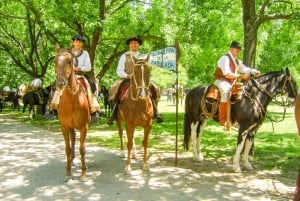
Fri 7th Nov From Buenos Aires: Gaucho and Ranch Day Tour
Fri 7th Nov, 2025 Argentina ArgentinaVisit San Antonio de Areco on a full-day tour from Buenos Aires. Tour the village, visit an estancia, enjoy a BBQ lunch, and see a folklore show.
Check availability$160.00From -
FEATURED
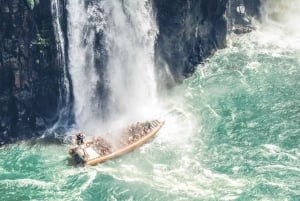
Fri 7th Nov From Foz do Iguazu: Brazil Iguazu Falls & Macuco Safari Boat
Fri 7th Nov, 2025 Argentina ArgentinaDiscover one of the world's natural wonders on a trip from Foz do Iguazu to the Brazilian side of the Iguazu Falls in the Iguaçu National Park. Get up close to the cascading water on a boat ride.
Check availability$134.00From
Book Experiences in Argentina
-
FEATURED
 Best Seller
Best SellerUshuaia: Heart of the Andes Scenic Helicopter Adventure
83 ReviewsFly over the Andes on a scenic helicopter ride, landing in the heart of the mountains to toast with champagne. Experience the breathtaking landscape of Ushuaia Bay and Olivia River Valley.
Check availability$460.00From -
FEATURED
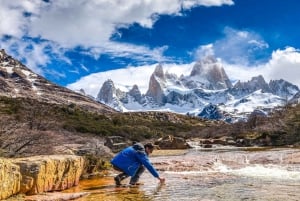 Best Seller
Best SellerFrom El Calafate: Full-Day Tour to El Chaltén
785 ReviewsDiscover El Chaltén, Argentina’s Trekking Capital, on a day trip from El Calafate. Hike scenic trails with views of Mount Fitz Roy, blue lakes, and the majestic Andes. A Patagonian adventure awaits!
Check availability$125.00From -
FEATURED
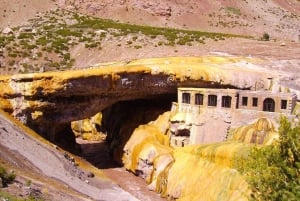 Best Seller
Best SellerMendoza: Uspallata, Aconcagua, and Puente del Inca Day Trip
76 ReviewsVisit highlights like the Cordon del Plata, Potrerillos Dam, Uspallata, Polvareda, Punta de Vacas, Puente del Inca, and the Aconcagua Provincial Park on a guided day trip from Mendoza.
Check availability$86.00From -
FEATURED
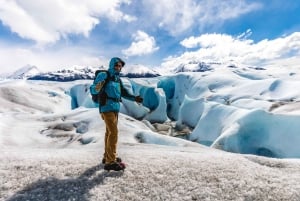 Best Seller
Best SellerEl Calafate: Perito Moreno Glacier Trekking Tour and Cruise
731 ReviewsEnjoy a unique adventure hiking with crampons on the Perito Moreno Glacier. Cross Rico Arm by boat, explore a Patagonian forest, and admire the glacier from walkways and the water.
Check availability$440.00From -
FEATURED
 Best Seller
Best SellerPalermo: Graffiti and Street Art Guided Tour in English
580 ReviewsExplore the neighborhood of Palermo and see the creative work of numerous artists and designers. Discover the history of this international street art hub with a knowledgeable guide.
Check availability$13.00From -
FEATURED
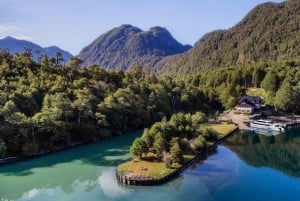 Best Seller
Best SellerBariloche: Puerto Blest and Los Cantaros Waterfall
28 ReviewsSail down the Blest Branch of the Nahuel Huapi Lake. Marvel at the Los Cantaros Waterful. Explore the Valdivian Rainforest.
Check availability$120.00From -
FEATURED
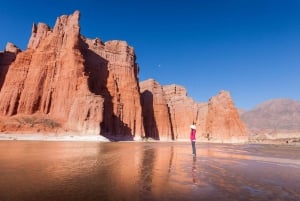 Best Seller
Best SellerFrom Salta: Cafayate Day Trip with Wine Tasting
223 ReviewsDiscover the Las Conchas creek, visiting Los Castillos, El Amphitheater, and Garganta del Diablo. Taste the best wines from Salta, one of Argentina's most famed wine regions.
Check availability$40.00From -
FEATURED
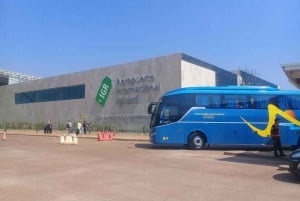 Best Seller
Best SellerPuerto Iguazu: One-Way or Round Trip Airport Transfer
318 ReviewsSave time and money by arranging your arrival and departure transfer between Puerto Iguazu Airport and central hotels in Puerto Iguazu. Be greeted by your driver at the airport and relax as you enjoy the journey to your accommodation.
Check availability$11.00From -
FEATURED
 Best Seller
Best SellerFrom Foz do Iguazu: Brazil Iguazu Falls & Macuco Safari Boat
413 ReviewsDiscover one of the world's natural wonders on a trip from Foz do Iguazu to the Brazilian side of the Iguazu Falls in the Iguaçu National Park. Get up close to the cascading water on a boat ride.
Check availability$154.00From
Mini Guides
-

Best entry tickets in Buenos Aires
Handpicked by a Local Expert
-


Best transfer options to Recoleta Buenos Aires
Handpicked by a Local Expert
-


Best transfer options to Puerto Madero Buenos Aires
Handpicked by a Local Expert
-


Best day trips in Recoleta Buenos Aires
Handpicked by a Local Expert
-


Best transfer options to Palermo Buenos Aires
Handpicked by a Local Expert
-


Best Day trips in Caminito La Boca Buenos Aires
Handpicked by a Local Expert
-


Best walking tours in Recoleta Buenos Aires
Handpicked by a Local Expert
-


Where to stay when traveling in Argentina
Handpicked by a Local Expert
-


Best activities to do in San Telmo Buenos Aires
Handpicked by a Local Expert
-


Best day trips San Telmo Buenos Aires
Handpicked by a Local Expert
-

Top Things to do at Night in San Telmo & Palermo Buenos Aires
Handpicked by a Local Expert
-


Best walking tours in San Telmo Buenos Aires
Handpicked by a Local Expert
-


Best day trips in Palermo Buenos Aires
Handpicked by a Local Expert
-

Best walking tours in Puerto Madero Buenos Aires
Handpicked by a Local Expert
-


Best activities to do in Palermo Buenos Aires
Handpicked by a Local Expert
-


Most unique hotels in Argentina
Handpicked by a Local Expert
-


Best vegan and Vegetarian restaurants in Argentina
Handpicked by a Local Expert
-


Best pizza places in Argentina
Handpicked by a Local Expert
-


Best Italian restaurants in Argentina
Handpicked by a Local Expert
-


Highly recommended traditional restaurants in Argentina
Handpicked by a Local Expert
-


Best asian fusion restaurants in Argentina
Handpicked by a Local Expert
-


Best Argentina restaurants in Argentina
Handpicked by a Local Expert
-


Best Spanish and Tapas restaurants in Argentina
Handpicked by a Local Expert
-


Best luxury hotels in Argentina
Handpicked by a Local Expert
-


Best hotels in Argentina
Handpicked by a Local Expert
Regional Guides
-

Atlantic Coast
Few provinces have such extensive and affable coasts... countless small ports or radars have sheltered for more than 60 years, places that emerged around the port and the coast itself.
-
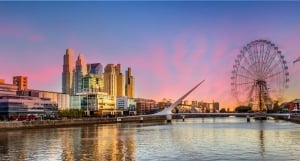
Buenos Aires
The vast province of Buenos Aires is one of the most characteristic territories of the Argentine soil. When we say "Argentina" we unfailingly say "Buenos Aires", we mean perfect soils, almost without decline, full of wheat, corn, soya beans... and unbeatable cattle...
-
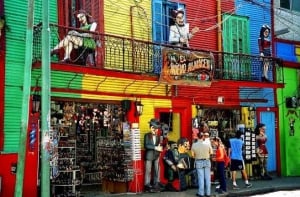
City of Buenos Aires
Originally a flat, treeless territory occupied by brave, warlike aboriginal groups that appeared and dispersed at great speed across the vast pampas. It was Juan Díaz de Solís who first tried some names for these places, calling the estuary of the River Plate Mar Dulce.
-

Cuyo
This region of the Argentine Republic is located in the central-western area, land of the aborigines and the last place of the Inca empire that extended its roads to the current province of Mendoza.
-
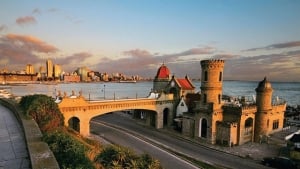
Mesopotamia
The name indicates the essence of its territory... "totally surrounded by rivers", except for the missionary town of Bernardo de Irigoyen which is the only dry border in this geographical region of Argentina.
-

North East Argentina
In a territory as vast as Argentina, it is not too difficult to define the particularity of each geographical region. In the case of the northeast, we can highlight the versatility of the landscape that passes from the jungle in strata on the banks of the rivers to the thorny mountain in the western Chaco.
-

Northwest Argentina
Who only knows some isolated facts about Argentina, will never imagine the wonderful contrasts that this region of our country presents...the colours of the earth and the hills are confused in intense reds, dazzling ochres, permanent blue skies
-
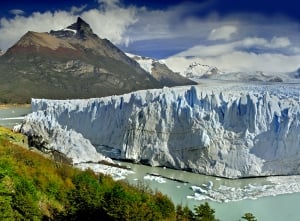
Patagonia
Of dubious origin, many say that it was Magellan's chronicler who first used the term Patagonia in his writings, back in 1520.
-
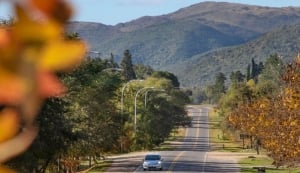
Sierra
Located in the eastern centre of the Argentine Republic, the mountainous destinations in the province of Córdoba and Buenos Aires are developed. All of them are Mediterranean, and their backbone is the Palaeozoic mountain range, which has been rejuvenated by the almost explosive rise of the Andes. In the particular case of Cordoba, it is impressive for its majesty.
We Are Part of the My Guide Network!
My Guide Argentina is part of the global My Guide Network of Online & Mobile travel guides.
We are now in 180+ Destinations and Growing. If you are interested in becoming a local travel partner and would like to find out more then click for more info about our Website Business Opportunity.
Nearby Destinations
Create New Guide
Filter Events by Sub-Category
Please select a Date first.







